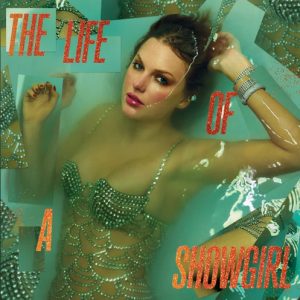A failed model of diversity
February 5, 2016
As the Academy Awards (now formally known as the Oscars) come upon us, the arguements start about which movies deserve awards, which movies should’ve been nominated, and which movies we feel we should’ve seen.
This year, the biggest debate is whether there is enough representation of diverse movies, and everybody is asking, “did we snub a large group of diverse films?” and the answer to that is “no.” Most of the movies that had diverse casts were either commercial failures or comedies, which are rarely nominated for Oscars.
Of IMDB’s top 50 most popular movies of 2015, only four movies have particularly diverse casts. It’s not until we get to 12 items down the list that you’ll see the first one (“Straight Outta Compton”), which points to the well known phenomenon that Hollywood is predominantly white. But like TV, the film industry is a form of entertainment first, which means that a bunch of white people are controlling it.
The most unfortunate thing for people of color in the entertainment industry is that the majority of the audience watching TV or going to movies is white. Studios and networks focus foremost on selling to white people because, according to the US Census bureau, 77% of the population is white.
This is where the Oscars should step in and help even the scales. The biggest difference between the people in The Academy of Motion Picture Arts and Sciences and a general movie going audience is that the Academy thinks of movies as an art form rather than an entertainment commodity.
In theory, this should balance the scales and recognize movies that are not necessarily popular, and it should help movies that studios and ad executives didn’t necessarily support. And it some cases it does. The Academy gave light to lesser known films, ranging from excellent short animated films like “We Can’t Live without Cosmos” or “World of Tomorrow” to big feature length films like “Room” or “Brooklyn,” which you could only find in art house theatres or indie film festivals.
However, this usually doesn’t end up helping potentially great movies with particularly diverse casts. Currently, The Academy is made up of about 6,000 members, and according to The Los Angeles Times, about 93% of them are white, 77% of them are men, and 54% are over 60 year old. If you want to appeal to
The Academy, you’re mostly going to want to appeal to old white American men.
According to fivethirtyeight.com, the members vote using an instant run-off system that accounts for all their rankings of the nominations. This means that a movie doesn’t even have to be ranked first by the majority of members to win the award.
Of the eight movies in the running for best picture, a few in particular have reasonably white casts because they’re biopics or based on true events. “The Revenant,” “The Big Short,” and “Spotlight” are all stories and events that have predominantly white key figures.
These movies became popular because the studios had the most faith in them, they were released at the right time, and they catered to the majority. The Academy, who looks at movies based on their artistic value, may feel that movies with diverse casts aren’t as valuable for the sole reason that The Academy isn’t diverse.
Fortunately, The Academy is planning on changing that before 2020. According to time.com, The Academy plans to double the membership of women and “diverse members” by 2020, which should help even the scales of which movies are getting awarded, and hopefully get the system out of the hands of a stubborn white men for once.
Whether you like it or not, the Oscars are an important award show because it finally takes the success of a movie into the hands of people who appreciate it for more than ad value. This change in Academy membership is necessary because it will better determine which movies are worthy of fame and fortune and help keep those actors and directors making movies in the future.












































